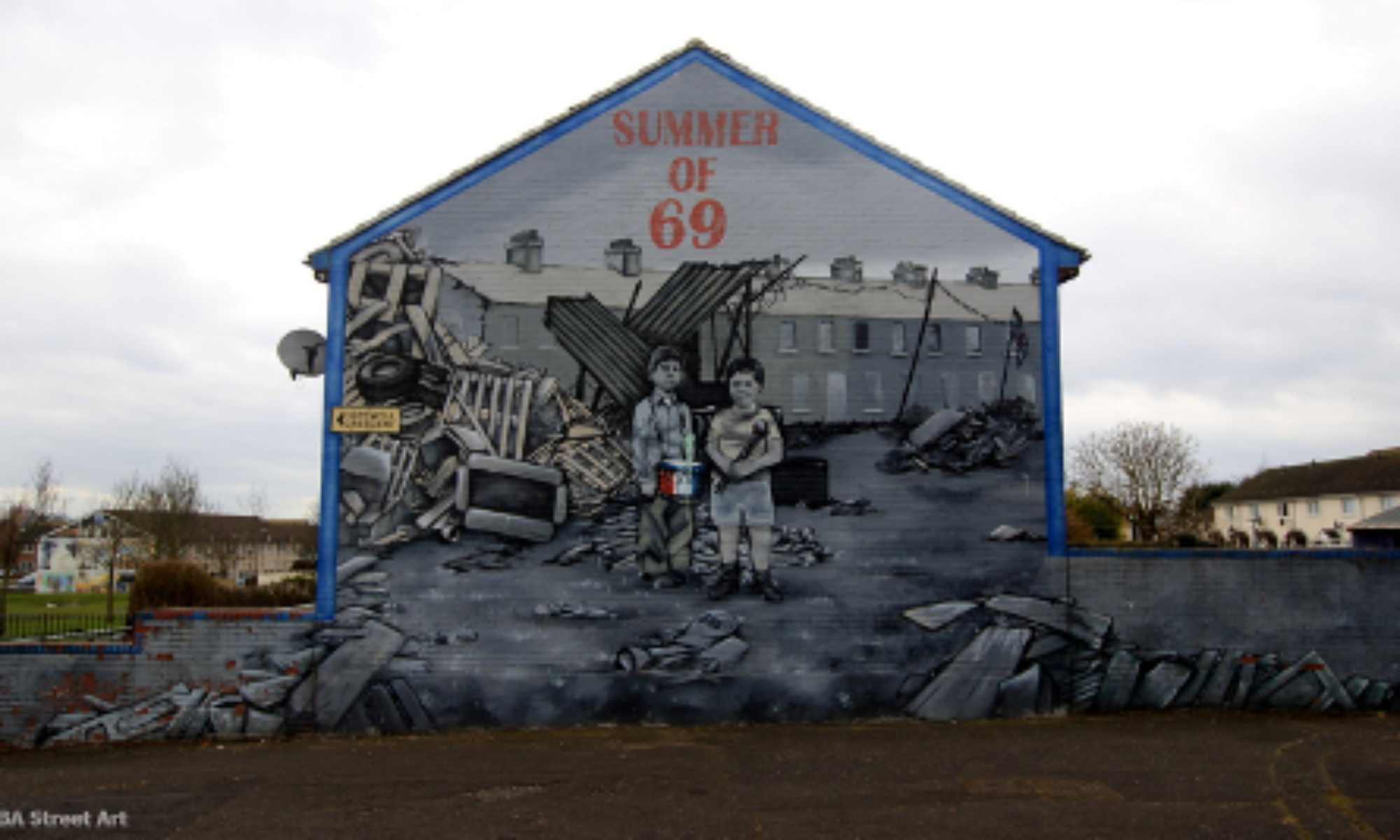A concept that I constantly reflect back on when looking over the literature we studied is “the thing” that Vinen mentioned in 1968. It’s a funny way to describe the tumultuous era because it is basically a way of connecting the movements that popped up around the world without actually connecting them. Yet it also apt because connecting all these movements is a tall task when even the isolated protests didn’t necessarily have a unifying ideologh. We studied the fictional tale of two young boys in Northern Ireland and were able to connect it to eight activists in America who got thrown into court together and made a mockery of the judicial system. But why did we connect the various pieces of literature that seem like they shouldn’t really have much to do with each other? Because they capture the effects of the energy and the attitude that swept the globe in ’68. They capture “the thing.”
“The thing” is a fascinating topic because it was able to capture the attention of the world. Only around 1% of American college students were activists in the spring of ’68, yet when we think of ’68 we think of the swarms of activists on college campuses. This shows how the theatrics that activists displayed as a result of their attitude worked. Regardless of one’s opinion on whether the ’68ers achieved their goals, they captured the attention of the world. They were able to deploy “the thing” to capitalize on the chaos that American involvement in Vietnam caused and the prominence of the media to draw attention to their causes and show that change needs to occur. “The thing” is so powerful because as we learned it is universal and as we witness the events of 2020 unfold it appears to be timeless.
